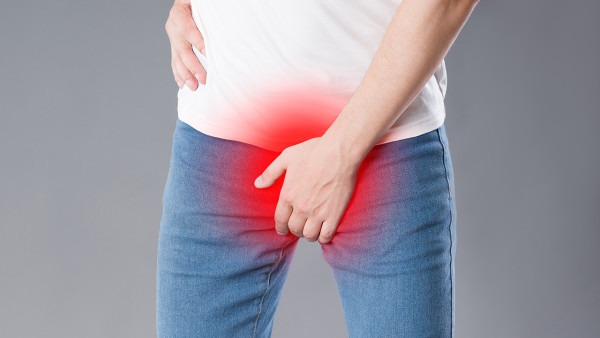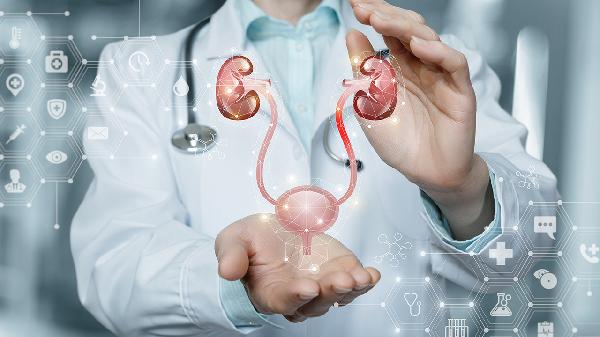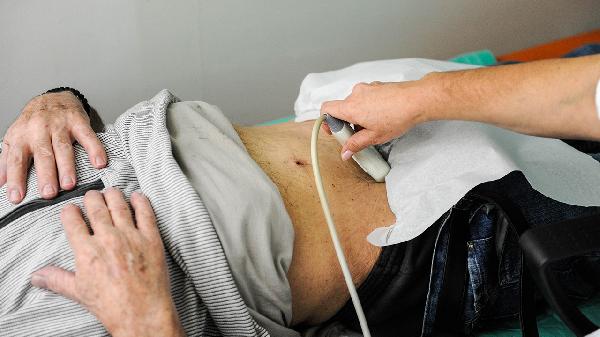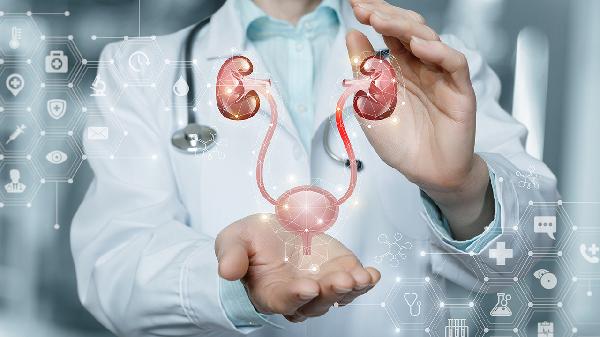What are the symptoms of genital herpes? HSV infection is a systemic disease where the virus enters the body through the respiratory tract, oral cavity, genital mucosa, or broken skin. It can reside in the normal mucosa, blood, saliva, local sensory ganglia, and most organs of the body. HSV can be isolated from almost all internal organs and mucosal surfaces.

Primary infections are often latent, with most cases showing no clinical symptoms or presenting as subclinical. Only a small percentage (about 1-10%) exhibit clinical symptoms, primarily in immunocompromised infants or severely malnourished children with other infections. Adults rarely show symptoms. After the primary infection subsides, the virus can persist in the body. More than half of the normal population are carriers of the virus and can become sources of infection through oral and nasal secretions. Since HSV does not confer permanent immunity, latent HSV can be reactivated when the body's resistance is weakened, such as during febrile infectious diseases, gastrointestinal disorders, menstruation, pregnancy, local infections, excessive fatigue, or emotional and environmental changes.
HSV-1 mainly causes oral herpes, pharyngitis, keratoconjunctivitis, and sporadic encephalitis, while HSV-2 primarily causes genital herpes, though there are clinical exceptions.
The incubation period for HSV infection ranges from 1 to 45 days, averaging 6 days. HSV-1 infection typically occurs at the corners of the mouth, lips, nostrils, and other skin-mucosa junctions, and can also appear on the face or lips. The initial symptoms include local burning and mild tension, occasionally accompanied by neuralgia, followed by erythema. Clustered small papules appear on the erythema and quickly turn into millet to mung bean-sized vesicles with clear content. After the vesicles rupture, erosions form, which dry and scab over in a few days. Patients may experience burning and itching, occasionally with fatigue, malaise, and mild fever. Healing may leave temporary pigmentation, and the entire course lasts about 1-2 weeks.
HSV-2 infection primarily occurs in the genital area. The affected area first experiences a burning sensation, followed by clusters of small vesicles on an erythematous base. These are commonly seen on the male foreskin, glans, coronal sulcus, and penis, and occasionally in the urethra. In females, they are commonly found on the labia, clitoris, vagina, and cervix. The vesicles may gradually turn into pustules, which rupture in about 6 days to form erosions or shallow ulcers, causing pain. Patients may develop urethritis, leading to difficulty urinating. Most patients experience painful enlargement of the inguinal lymph nodes, and some may have fever, muscle pain, and meningitis symptoms. If the cervix is involved, ulcerative necrosis may occur, with increased vaginal discharge and lower abdominal pain. Attention should be paid to the possibility of cervical cancer. Genital herpes during pregnancy can lead to miscarriage, premature birth, or stillbirth, and is prone to neonatal infection, resulting in neonatal herpes simplex. The disease usually resolves in about 3 weeks but often recurs. Recurrences typically occur 1-4 months after the primary infection, with milder symptoms and smaller areas, limited to the genital region. Sometimes only 1-2 vesicles appear, and the course is shorter, lasting 8-12 days from onset to healing. The disease can also involve infections in non-genital areas, such as the lips, buttocks, and central nervous system.
Signs
Skin lesions include clusters of vesicles or pustules on an erythematous base, or erosions and ulcers. About 90% of female patients have HSV cervicitis, with redness, erosion, ulcers, and purulent vaginal discharge. Some patients may have tender, enlarged inguinal lymph nodes or elevated body temperature. Skin lesions can also appear on the lips, fingers, buttocks, thighs, arms, and even the eyes and throat, complicating meningitis or transverse myelitis. Signs of increased intracranial pressure, such as neck stiffness, generally appear 3-12 days after the rash.
























